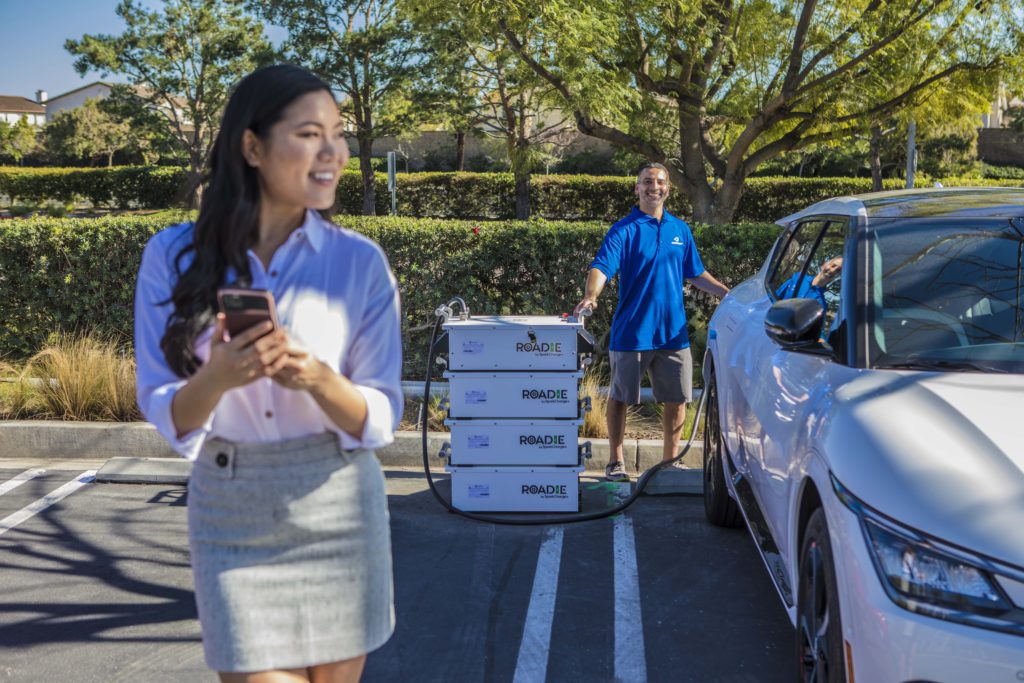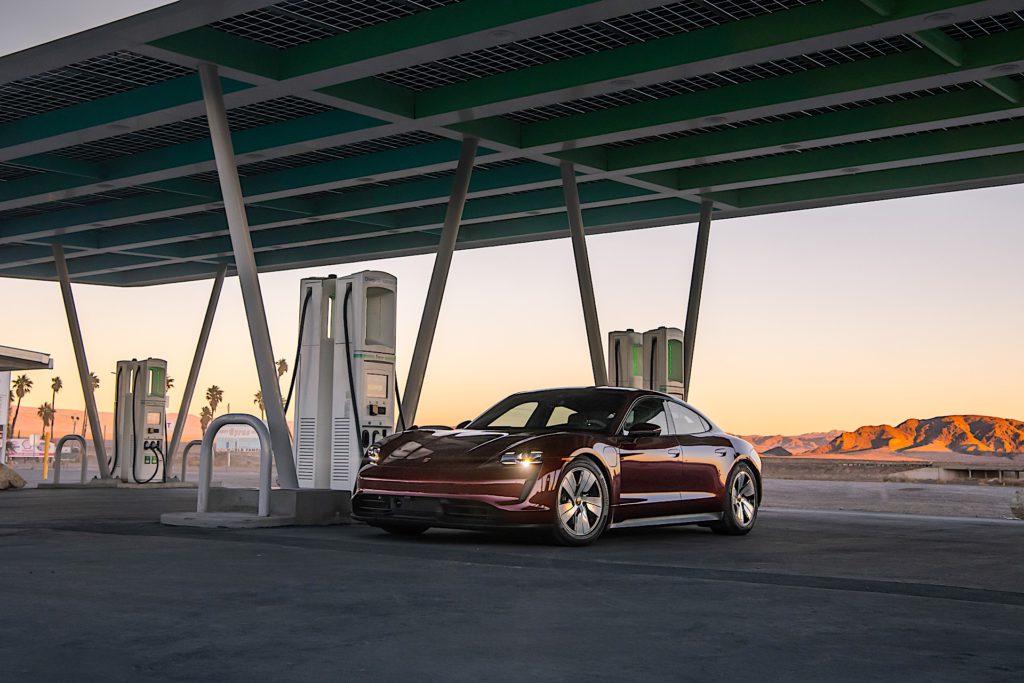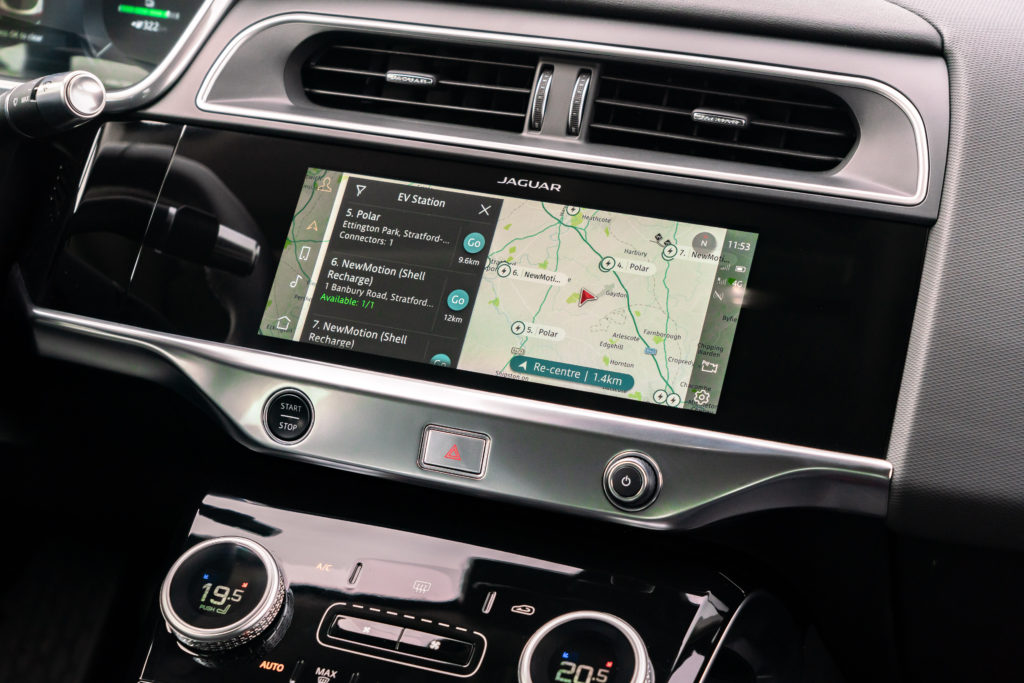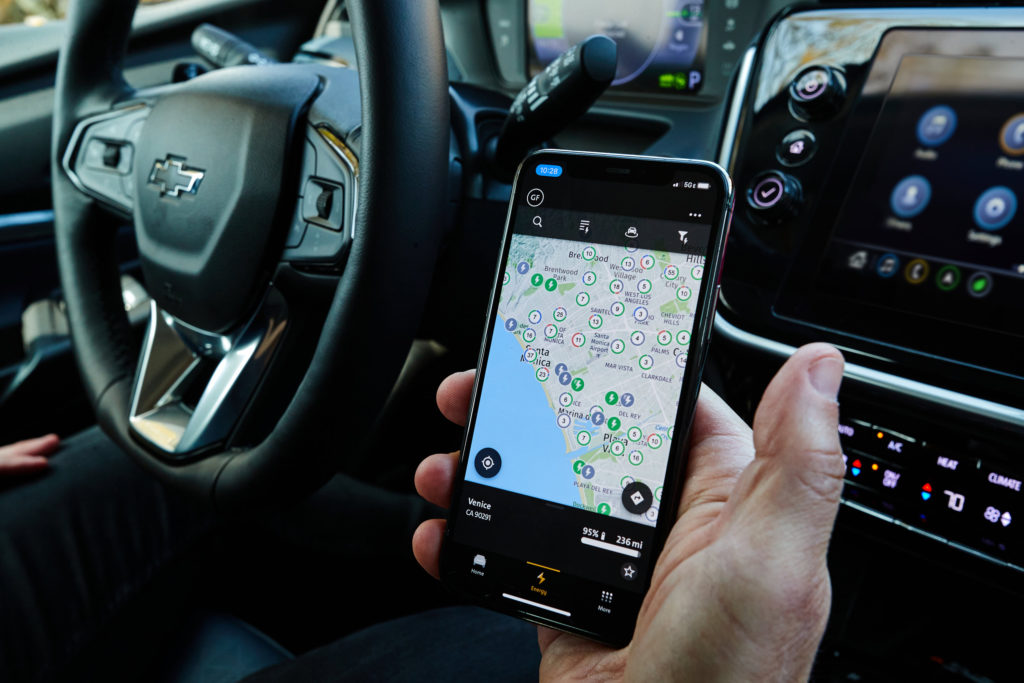Like finding out why flight attendants never drink the coffee onboard aircraft, range anxiety is terrifying! But it doesn’t have to be.
Simply put, range anxiety is the fear of running out of juice in an electric vehicle and not being able to make it home or to a charger. This is a real concern, mostly because of how long it takes EVs to juice up since you can’t just fill a bucket with electricity and then pour it into your car’s battery. Last I checked, it doesn’t work that way.

Unlike internal combustion-powered vehicles that can be topped up in just minutes, EVs have to recharge, which, depending on the model and power source can take anywhere from just a few minutes to days and days. If you run an electric vehicle to empty and you’re not near a charger, you’re also out of luck. If your drive home isn’t downhill, you’re going to need a tow or some sort of emergency charge.
SEE ALSO: What is the 80% ‘rule’? EV Basics No. 3
Range anxiety is a real concern, but there are a few simple things you can do that make it basically a non-issue. Accordingly, here are some EV Pulse-certified tips and tricks so you can drive an electric vehicle without worrying yourself to death.
Tip No. 1: Get an EV with more range than you need
Above everything else, our No. 1 suggestion is this: get an EV with more range than you think you need. If you frequently drive to your cabin and it’s, say, 200 miles away, don’t get an electric vehicle that can go 250 miles between charges. Yes, that will technically work, and will probably fine, but if you can afford it, get the model or trim that offers, say, 300 miles of range. That extra buffer gives you flexibility. If the weather’s freezing, you have to take a detour because of a crash or road construction, or if your vehicle is overloaded with cargo, you might have trouble reaching your destination without an intermediate charge stop, and that’s no fun.
Tip No. 2: Heat pumps help
Speaking of frigid weather, if you can, look for an EV with a heat pump-based HVAC system, our second tip. In the cold, these designs are much more efficient than resistive heaters, which work like hair dryers and gobble up electricity.

Regardless of the HVAC system employed, cold weather negatively impacts EV range, but heat pumps can make a big difference in how far you can drive between charges.
Tip No. 3: Wheels and tires matter… a lot
Suggestion No. 3 for reducing range anxiety is pay attention to the wheels and tires your EV comes with. Believe it or not, these components have a massive effect on range. Don’t believe me? Well, here’s some food for thought: The high-performance BMW i4 M50 Gran Coupe is EPA rated at 270 miles when fitted with 19-inch wheels. Not too shabby. But what happens when you opt for 20s? Well, a lot. The estimated range plummets to just 227, a difference of 43 miles, just because of the wheels and tires.
It’s the same story with the Audi E-Tron S. When fitted with 20-inch rollers, this all-electric utility vehicle offers 208 miles of range. But if you get 21s or 22s, that estimate drops to just 181 miles.
The moral of the story is this: Keep an eye on the wheels and tires you’re getting on your EV, because it really matters.
Tip No. 4: Check the weather
When driving an electric vehicle, you should always take the weather into consideration. Cold temps have a huge impact on batteries, which can really ratchet up range anxiety. Basically, be aware that if it’s cold, your EV will not go as far between charges. Naturally, internal combustion-powered vehicles also see efficiency reductions in the cold, so it’s not just an EV problem, even if it impacts them more.
There are loads of variables to consider, but according to testing done by AAA, in 20-degree Fahrenheit weather, electric vehicle range was reduced by up to 41% when the heater was cranked up. That’s obviously a huge amount, so plan your trips accordingly.
Tip No. 5: Schedule your departure times
As mentioned earlier, getting a vehicle fitted with a heat pump can help minimize range reduction in cold conditions, as can scheduling a departure time, our No. 5 tip.
To mitigate cold conditions, park your EV in a garage if you can. Beyond that, when Ol’ Man Winter bears his icy fangs, try to schedule a departure time. This is a feature many electric vehicles offer and it’s one that can really improve efficiency.

If you leave for work every weekday at, say, 7:30 a.m. you can tell your EV to be ready when you are. It can have the battery warmed up for improved range using power from your home, so it doesn’t reduce range, and it can even have the climate system dialed in to your desired settings. You want the seat heater on full blast and the defroster set at 68 degrees? That’s an option!
To help reduce range anxiety in cold weather, shop for an EV that offers schedulable departure times. Your angst – and extremities – will thank you.
Tip No. 6: Plan your trips
Helping assuage range anxiety, our final tip is a healthy helping of preparation. In fact, you can call on Captain Plan It if you need a hand. He’s taking disorder down to zero…
Road tripping in an EV can be stressful, especially in less densely populated regions because there are fewer public charging stations and you never really know whether the ones out there are going to work as advertised. We’ve seen it plenty of times in our own testing. Planning your drive and, if possible, being aware of alternate charging locations can make life a whole lot easier when you’re far from home.
CHECK THIS OUT: Chargers explained: EV Basics No. 4
Of course, many EVs offer automatic route planning that does most of the work for you, but it’s still a good idea to verify where you need to stop and charge before hitting the road. Also, if you haven’t already, install smartphone apps for the charging networks you need to use and sign up for their services beforehand. That way you’re not forced to register for ChargePoint, EVGo or Electrify America while on your trip.

Teslas, for instance, are incredibly smart at route planning, probably the best in the business. And with the automaker’s unrivaled Supercharger network, driving long distances in a Muskmobile is nearly as convenient as with an ICE vehicle. Where appropriate, we’ve been plenty critical of this automaker, but they’ve worked hard to make DC fast charging seamless, not just another EV pain point.
Conclusion
So, what did we learn today? Well, to help mitigate range anxiety you should get an EV that can go more miles on a charge than you think you need. Getting a vehicle with a heat pump-based HVAC system is a great idea; wheels and tires have a massive impact on range; weather conditions matter a whole lot, too; you should schedule your departure times to maximize range; and finally, plan out any long drives, so you don’t roll up with 1% in the battery to a charger that was decommissioned two years ago.
Range anxiety is a major concern, but common sense and a few simple steps can make the electric life much more enjoyable, plus things are only going to get better as the charging infrastructure improves and battery technology advances.
